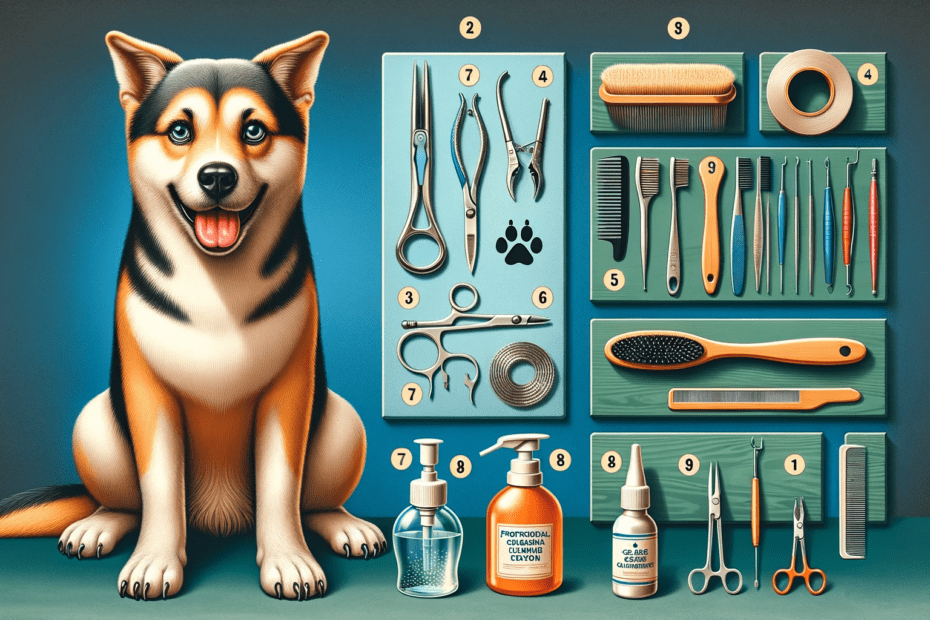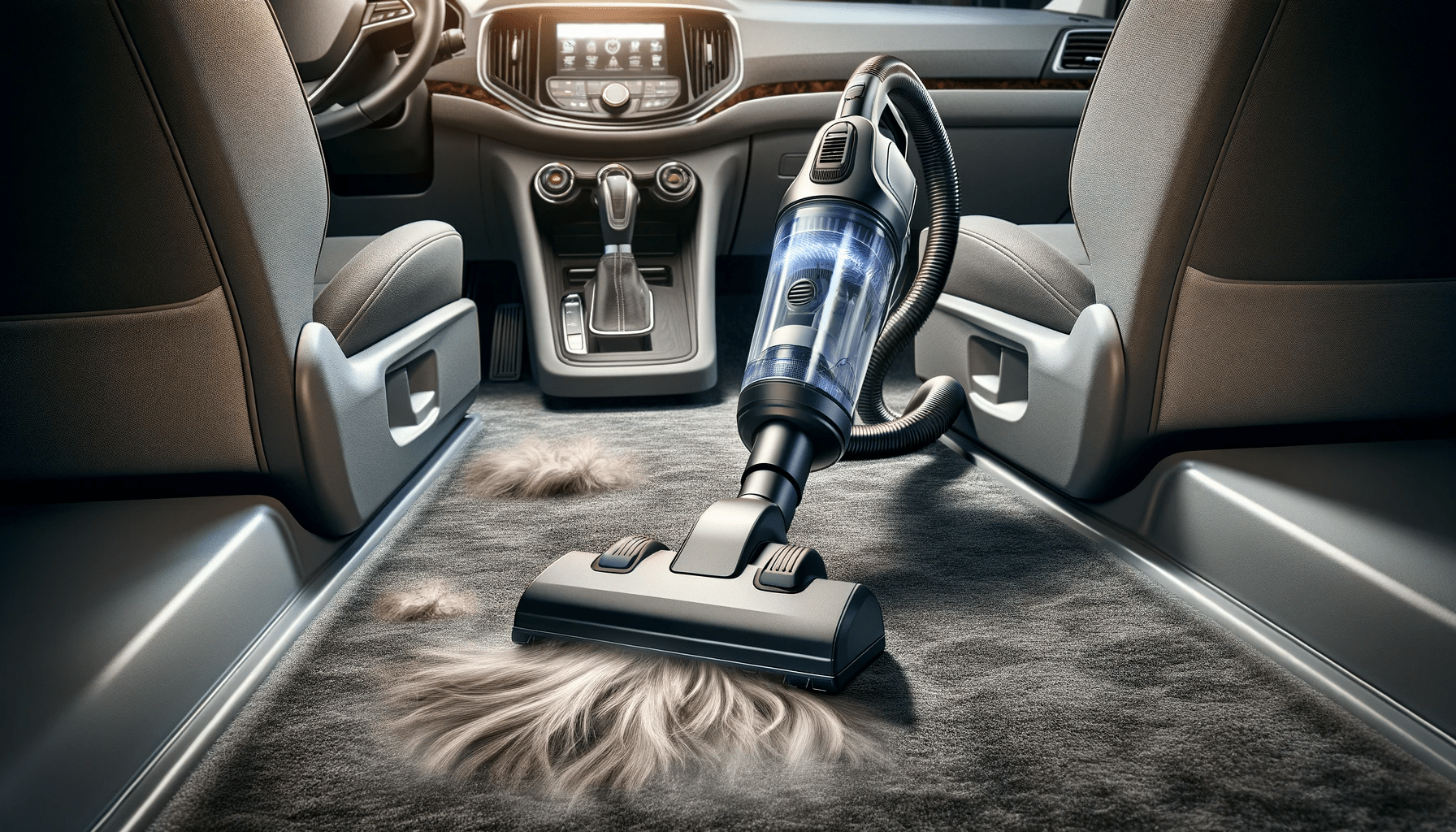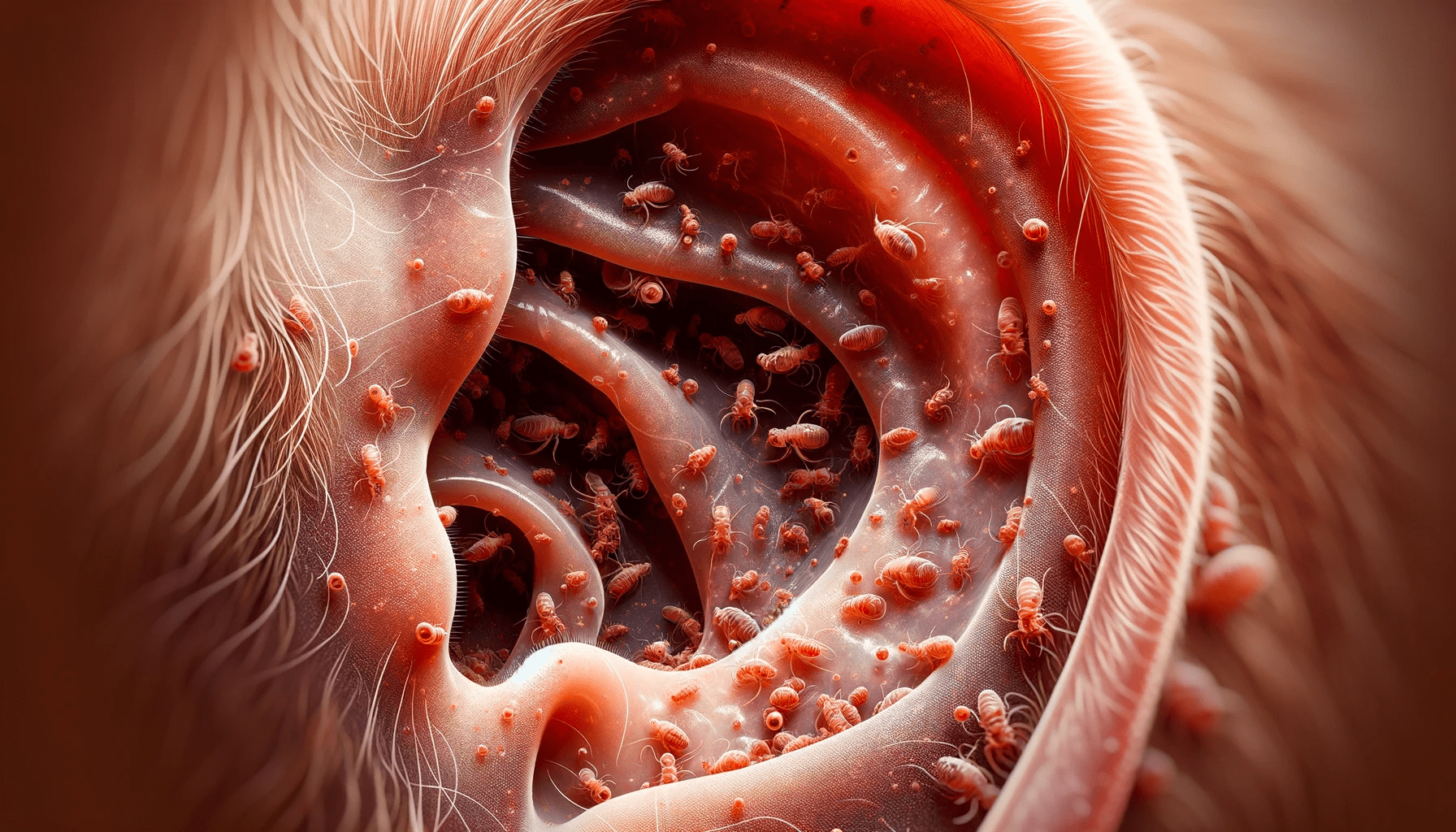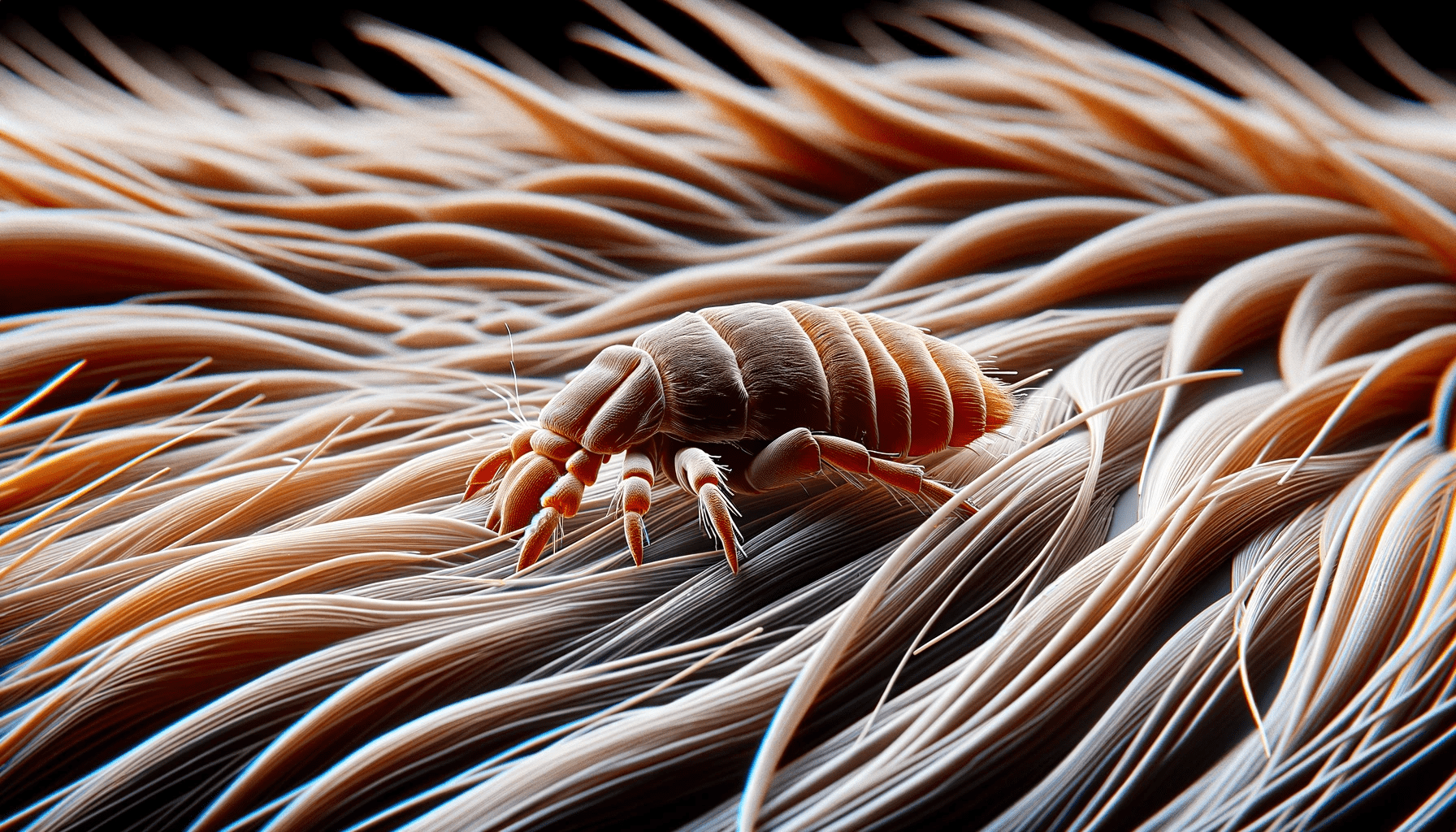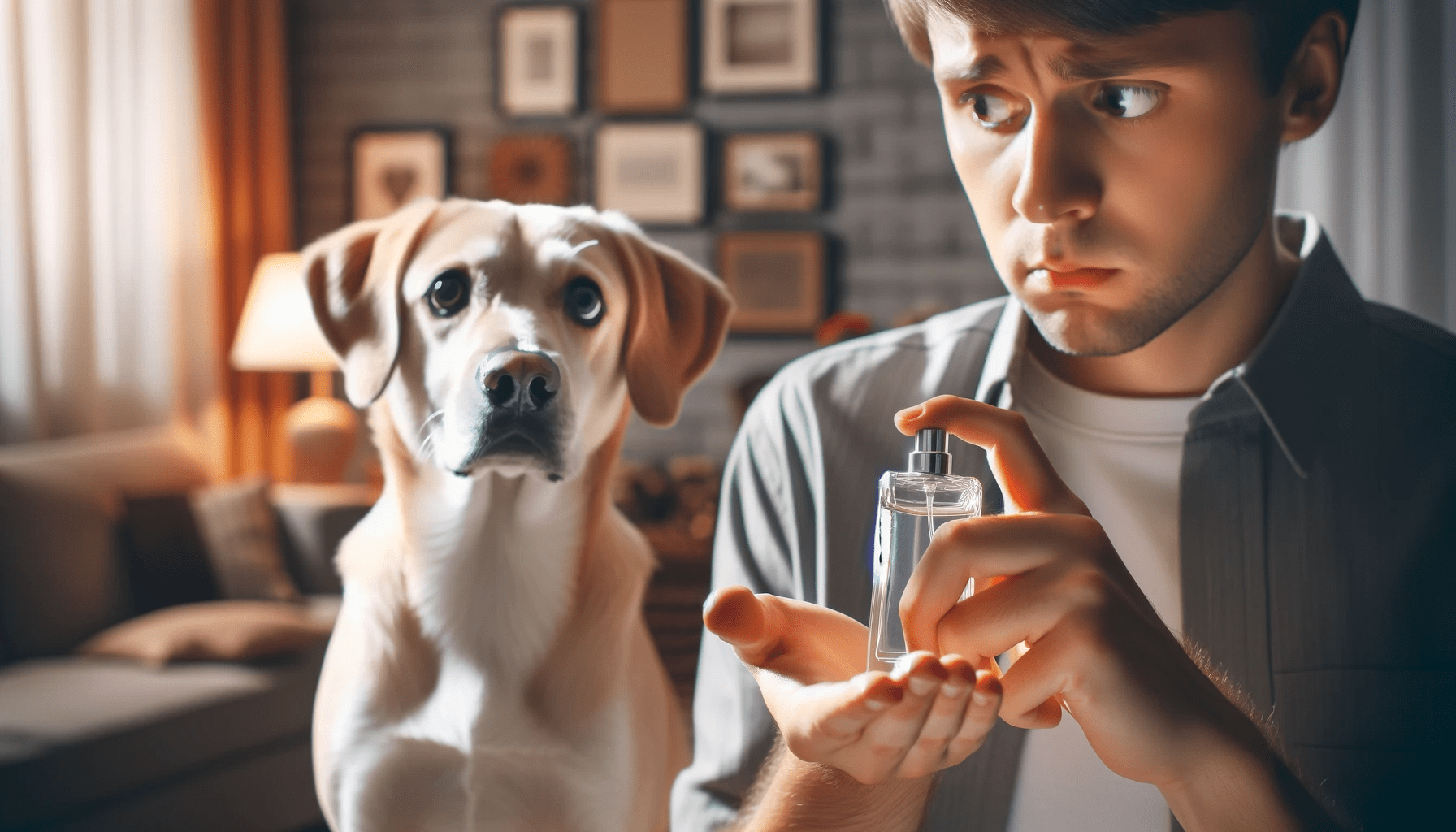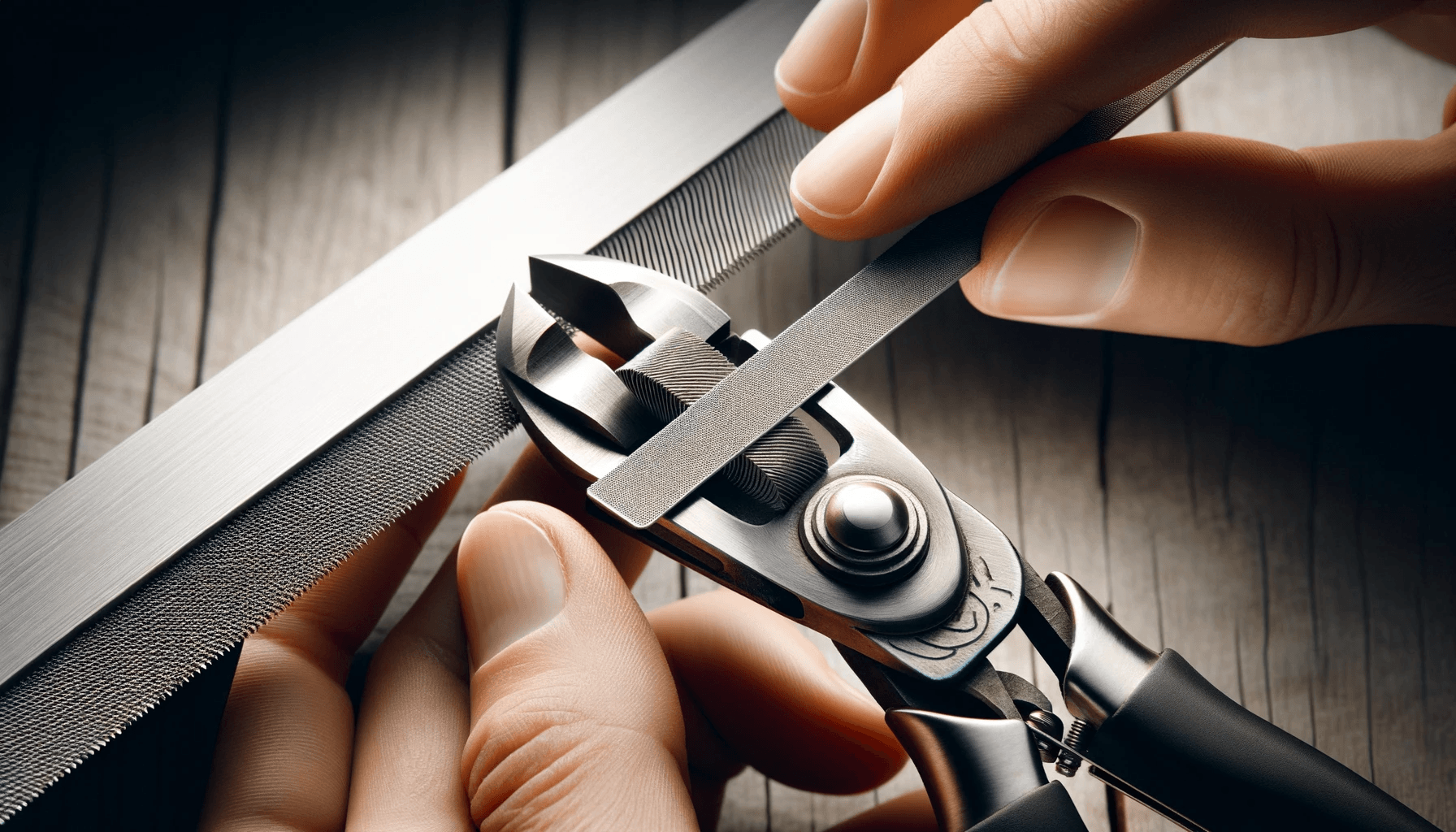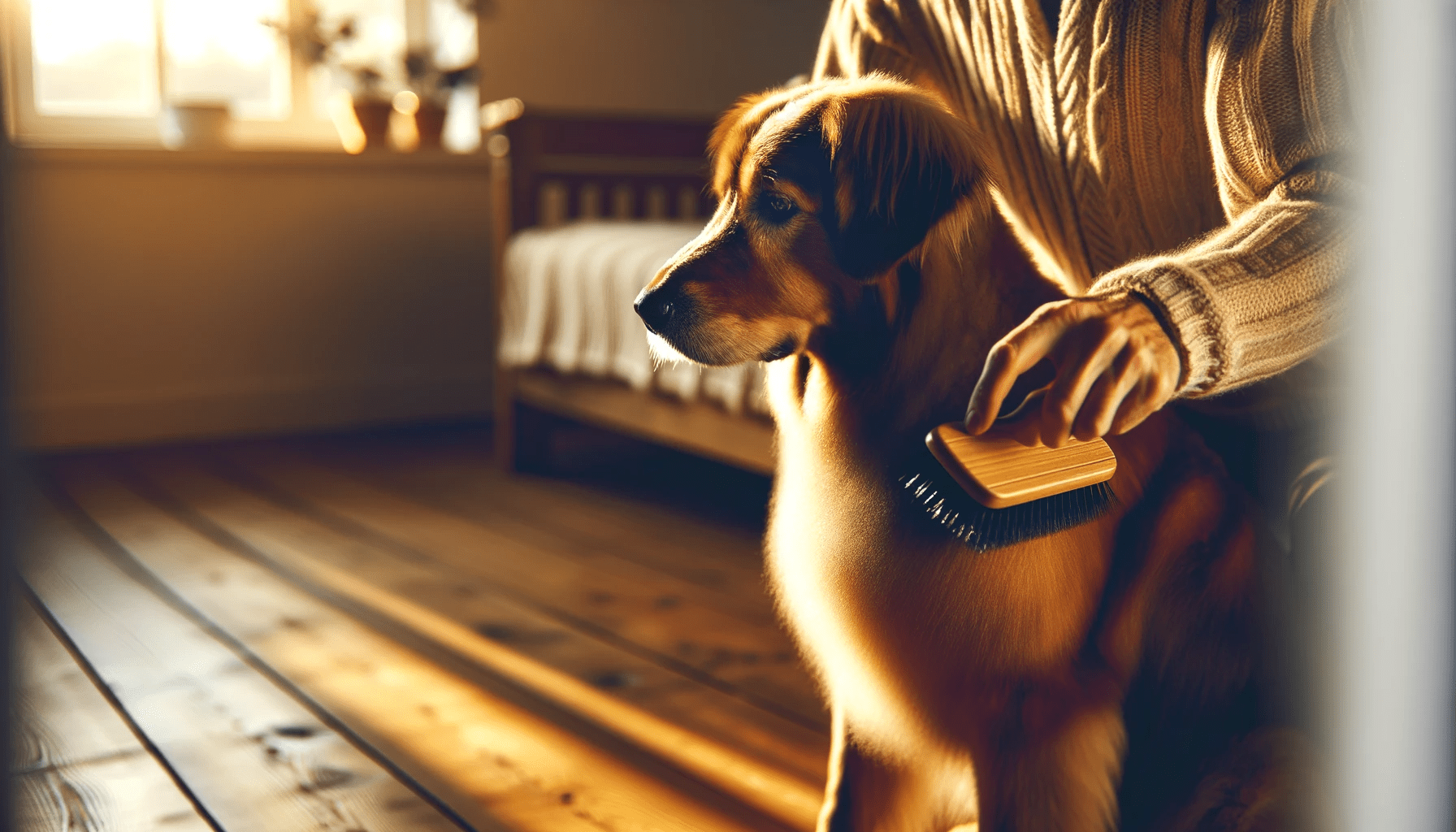Looking to keep your furry friend looking their best? Look no further! In this article, we'll share the 8 best ways to maintain your dog's grooming.
From regular brushing to proper bathing techniques, nail trimming to dental hygiene, we've got you covered.
Learn how to prevent matting, manage shedding, and achieve a polished look through professional grooming.
Follow these tips and your pup will be the envy of the dog park in no time!
Key Takeaways
- Regular grooming practices include brushing, bathing, and nail and paw care.
- Proper nail trimming and paw pad care are essential for your dog's comfort and mobility.
- Regular ear cleaning and dental hygiene are important for maintaining your dog's overall health.
- Finding a reputable groomer is crucial to ensure your dog's well-being and appearance.
Regular Brushing for a Healthy Coat
To maintain a healthy coat for your dog, regularly brush them to remove tangles and prevent matting. Brushing not only keeps your dog looking neat and tidy but also promotes good skin health and prevents the buildup of dirt and debris.
When it comes to brushing techniques, start by using a slicker brush to gently remove any loose hair and tangles. Work in small sections, brushing in the direction of hair growth to avoid causing discomfort. For dogs with longer coats, a pin brush can be used to reach deeper into the fur and remove any remaining tangles. Remember to be patient and gentle, especially if your dog has sensitive skin.
As for grooming tools, invest in a high-quality brush that's suitable for your dog's coat type. Different breeds may require different brushes, so it's important to choose one that's designed to effectively remove tangles and dead hair without causing any harm.
Regular brushing, done correctly and with the right tools, will help keep your dog's coat healthy and shiny while also strengthening the bond between you and your furry friend.
Proper Bathing Techniques and Frequency
Now let's talk about how often you should be giving your dog a bath and the best techniques to use.
The frequency of bathing depends on your dog's breed, activity level, and overall health. Generally, dogs should be bathed every 4-6 weeks, but some breeds may require more frequent baths.
When bathing your dog, make sure to use a gentle dog shampoo and thoroughly rinse off all the soap to prevent skin irritation.
Bathing Frequency for Dogs
Make sure you regularly bathe your dog using proper techniques and at the appropriate frequency. Dog bathing is an essential part of their grooming routine, as it helps to keep their coat and skin clean and healthy.
The frequency of bathing your dog depends on various factors such as their breed, activity level, and coat type. Generally, most dogs should be bathed every 4-6 weeks. However, some breeds with oily coats may require more frequent bathing, while others with sensitive skin may need less frequent baths.
It's important to use dog-specific shampoo and conditioner to avoid drying out their skin. Additionally, make sure to rinse thoroughly to remove all traces of shampoo.
Regular bathing, when done correctly, will help your dog maintain a shiny and healthy coat.
Best Bathing Techniques
Maintain your dog's grooming by mastering the best bathing techniques and understanding the proper frequency for bathing, based on their individual needs. Giving your dog regular baths is essential for their overall hygiene and health.
Here are some correct bathing techniques to keep in mind:
- Choose the right grooming products: Use a gentle, dog-specific shampoo that's formulated to suit your dog's coat type and skin needs. Avoid using human shampoos, as they can be too harsh for your furry friend.
- Brush before bathing: Brushing your dog's coat before bathing helps remove any loose fur and tangles, making the bathing process more effective.
- Use lukewarm water: Ensure the water isn't too hot or too cold. Lukewarm water is ideal for your dog's comfort.
- Rinse thoroughly: Make sure to rinse off all the shampoo from your dog's coat to prevent any residue that could lead to skin irritation.
Nail Trimming and Paw Care
When it comes to maintaining your dog's grooming, nail trimming and paw care are two important aspects to consider.
Keeping your dog's nails at the correct length is crucial for their health and comfort, as overgrown nails can cause pain and difficulty walking.
Additionally, proper paw pad maintenance is necessary to prevent infections and injuries.
Nail Length and Health
Keep your dog's nails healthy and at an appropriate length by regularly trimming them and taking care of their paws. Proper nail care is essential for your dog's overall health and well-being. Here are some important tips to keep in mind:
- Trimming Techniques: Use a high-quality nail trimmer specifically designed for dogs. Hold your dog's paw firmly but gently, and trim the nails in small increments, avoiding the quick, the sensitive area inside the nail. If you're unsure, consult a professional groomer or veterinarian for guidance.
- Frequency: Trim your dog's nails every 4-6 weeks, depending on their rate of growth. Regular trimming helps prevent overgrowth, which can lead to discomfort and difficulty walking.
- Paw Care: Regularly inspect your dog's paws for any cuts, cracks, or foreign objects. Keep the paws clean and moisturized to prevent dryness and cracking.
- Positive Reinforcement: Make nail trimming a positive experience by rewarding your dog with treats, praise, and reassurance. This will help them associate nail care with something pleasant.
Paw Pad Maintenance
To ensure your dog's overall grooming is well-maintained, it's important to prioritize Paw Pad Maintenance, which includes nail trimming and paw care.
Proper paw pad protection is crucial for your dog's comfort and mobility. Regularly trimming your dog's nails is essential to prevent them from becoming overgrown and causing discomfort or difficulty walking. When trimming the nails, be careful not to cut too close to the quick, as this can cause bleeding and pain.
Additionally, paw pad moisturization is necessary to keep the pads soft and supple. Dry and cracked paw pads can be painful for your dog and may lead to infections. Applying a paw pad moisturizer can help prevent dryness and maintain the health and condition of your dog's paw pads.
Ear Cleaning and Maintenance
To effectively maintain your dog's grooming, it's important to pay attention to and regularly clean both inside and outside of their ears. Proper ear cleaning techniques not only help keep your dog looking and smelling fresh, but they also play a crucial role in preventing ear infections. Here are some tips to help you keep your dog's ears clean and healthy:
- Gather the necessary supplies: Before you start cleaning your dog's ears, gather the supplies you'll need, such as cotton balls or pads, a dog-friendly ear cleaning solution, and treats to reward your dog for their cooperation.
- Inspect the ears: Begin by gently examining your dog's ears, looking for any signs of redness, swelling, discharge, or odor. If you notice anything unusual, consult your veterinarian before proceeding with the cleaning.
- Clean the outer ear: Use a damp cotton ball or pad to wipe away any dirt or debris from the outer part of your dog's ear. Be gentle and avoid inserting anything into the ear canal, as this can cause injury.
- Apply ear cleaning solution: Follow the instructions on the ear cleaning solution to properly administer it into your dog's ears. Gently massage the base of the ears to help distribute the solution, and allow your dog to shake their head to remove any excess liquid.
Dental Hygiene for Fresh Breath
Maintain your dog's fresh breath by regularly practicing dental hygiene with them. Just like humans, dogs can experience dental issues that can lead to bad breath. To keep your furry friend's breath smelling fresh, there are several options to consider.
One effective way to maintain your dog's dental hygiene is by providing them with dental treats. These treats are specifically designed to promote oral health by reducing plaque and tartar buildup. They often have a unique texture that helps to scrub your dog's teeth as they chew, promoting good dental hygiene and fresher breath.
If your dog isn't a fan of dental treats or has special dietary needs, there are toothbrush alternatives available. One popular option is a dog-friendly toothbrush that fits over your finger. These brushes often have soft bristles that are gentle on your dog's gums and teeth. Another alternative is dental wipes or pads, which can be used to clean your dog's teeth and freshen their breath.
Regular Grooming to Prevent Matting
Keep your dog's coat tangle-free and prevent matting by regularly grooming them. Regular grooming not only keeps your dog's coat looking neat and healthy, but it also helps to prevent painful tangles and mats from forming.
Here are a few tips to help you effectively prevent matting:
- Brush your dog's coat daily: Regular brushing is essential for preventing tangles and mats. Use a slicker brush or a comb specifically designed for your dog's coat type. Start at the top and work your way down, focusing on one small section at a time. Be gentle and take your time to avoid causing discomfort to your furry friend.
- Pay attention to problem areas: Certain areas of your dog's coat, such as behind the ears, under the armpits, and around the tail, are more prone to matting. Give these areas some extra attention during grooming to prevent tangles from forming.
- Use detangling sprays: If you notice some stubborn tangles or mats, using a detangling spray can help loosen the knots and make them easier to brush out. Apply the spray to the affected area, let it sit for a few minutes, and then carefully comb through the tangles.
- Consider professional grooming: If your dog has a long or dense coat that's prone to matting, regular visits to a professional groomer may be necessary. They have the expertise and appropriate grooming tools to keep your dog's coat in top shape.
Managing Shedding With Effective Tools
Regular grooming is crucial for managing shedding and keeping your dog's coat healthy and tangle-free. Shedding is a natural process for dogs, but it can be a nuisance for pet owners. Luckily, there are effective grooming tools available to help you manage your dog's shedding.
One of the most popular tools is the shedding blade. This tool has small teeth that can easily remove loose fur from your dog's coat. It's especially useful for dogs with medium to long hair.
Another useful tool for shedding management is the slicker brush. This brush has fine, short wires that can reach deep into your dog's coat to remove loose fur and tangles. It's particularly effective for dogs with thick or curly hair.
Additionally, a good quality deshedding tool can be very helpful. These tools have specially designed teeth that can easily remove loose fur without damaging your dog's skin.
Remember to choose the appropriate grooming tools based on your dog's coat type and length. By regularly using these tools, you can effectively manage your dog's shedding and keep their coat healthy and tangle-free.
Professional Grooming for a Polished Look
To ensure your dog always looks polished, it's important to schedule regular professional grooming sessions. Professional grooming offers many benefits that go beyond just aesthetics. Here are some reasons why professional grooming is essential for your furry friend:
- Expertise: Professional groomers are trained to handle different breeds and coat types, ensuring your dog receives the appropriate care and grooming techniques.
- Health Checks: During a grooming session, a professional groomer can detect any unusual lumps, skin conditions, or parasites, helping you address potential health issues early on.
- Proper Handling: Grooming can be a stressful experience for dogs, especially if they're not used to it. A reputable groomer knows how to handle your dog gently, minimizing anxiety and ensuring a positive grooming experience.
- Specialized Services: Professional groomers offer a range of specialized services, such as nail trimming, teeth brushing, and ear cleaning. These services help maintain your dog's overall hygiene and prevent potential health problems.
When finding a reputable groomer, consider asking for recommendations from friends, family, or your veterinarian. Research local groomers, read reviews, and visit the facility to ensure it's clean and well-maintained. A good groomer will have proper certifications, up-to-date equipment, and a friendly demeanor towards your furry companion. Remember, professional grooming is an investment in your dog's well-being and appearance, so choose wisely.
Frequently Asked Questions
How Often Should I Clean My Dog's Ears?
You should clean your dog's ears regularly to prevent dog ear infections. Learn how to clean your dog's ears properly by following these steps. It's important to keep your dog's ears clean and healthy.
What Types of Tools Are Best for Managing Shedding?
To manage shedding, the best tools include a slicker brush, shedding blade, and deshedding tool. Regularly brush your dog to remove loose fur, preventing matting. Grooming at home can save money and keep your dog looking great.
Can I Use a Regular Human Toothbrush to Clean My Dog's Teeth?
Yes, you can use a regular human toothbrush to clean your dog's teeth. However, it's important to consider the pros and cons. A dog-specific toothbrush may be more effective in reaching all areas of their mouth and reducing the risk of injury.
How Often Should I Trim My Dog's Nails?
You should trim your dog's nails regularly to prevent them from becoming too long. This helps avoid discomfort and potential injury. Here are some tips for stress-free nail trimming: stay calm, use proper tools, and offer treats as rewards.
What Are the Signs of Matting in a Dog's Coat?
Regular brushing and combing are crucial for preventing matting in your dog's coat. Look out for tangled hair, clumps, and excessive shedding as signs of matting. Implementing proper grooming techniques will help maintain a healthy and tangle-free coat.
Conclusion
In conclusion, maintaining your dog's grooming is essential for their overall health and well-being. By regularly brushing their coat, properly bathing them, trimming their nails, cleaning their ears, and promoting dental hygiene, you can ensure your dog's fresh breath and prevent any matting or shedding issues.
Additionally, professional grooming can provide a polished look for your furry friend. Remember, a well-groomed dog is a happy and healthy dog!
